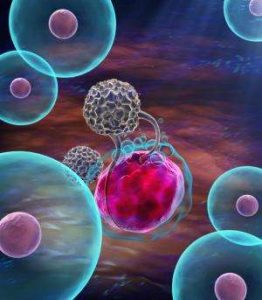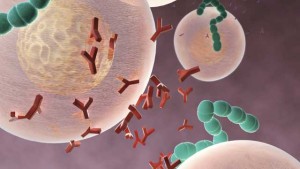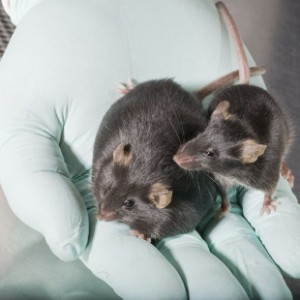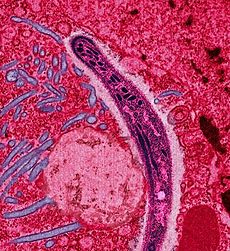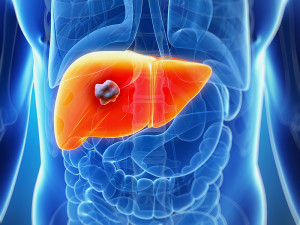The great white shark genome—like the animal itself—is giant, with 41 pairs of chromosomes compared to humans’ 23 pairs, researchers reported yesterday (January 18) in PNAS. The team sequenced the entire genome of the great white shark (Carcharodon carcharias), which revealed genetic changes that appear to have helped the species persist for roughly 500 million years longer than almost any vertebrate on Earth.
“Decoding the white shark genome is providing science with a new set of keys to unlock lingering mysteries about these feared and misunderstood predators,” study coauthor Salvador Jorgensen, a senior research scientist at the Monterey Bay Aquarium, says in a statement. The data reveal genetic changes that play a role in DNA repair, damage response, and damage tolerance, and those changes could explain how the sharks grow to be so big yet not have higher incidences of cancer compared with humans.
Theoretically, sharks and other large-bodied, long-lived animals have more cells, and more time, than humans, for oncogenic mutations to develop. But sharks don’t have a higher incidence of cancer than humans, and based on the new data, that could be because of the number of genetic adaptations linked with genome stability. “Understanding how these genes might be inoculating these animals from cancer could be a huge benefit to humans,” study coauthor Michael Stanhope of Cornell University tells Wired.
Along with genome stability, the great white sharks’ DNA revealed many genetic tweaks associated with wound healing, specifically, for blood-clotting agents and proteins to rapidly build new flesh. Great white sharks have “devoted a significant proportion of their genome to wound healing,” Stanhope says.
The team says it hopes that releasing the great white shark’s genome will help in efforts to conserve the species. “There’s still tons to be learned from these evolutionary marvels,” study coauthor Mahmood Shivji of Nova Southeastern University says in the statement. That includes “information that will potentially be useful to fight cancer and age-related diseases, and improve wound healing treatments in humans.”


